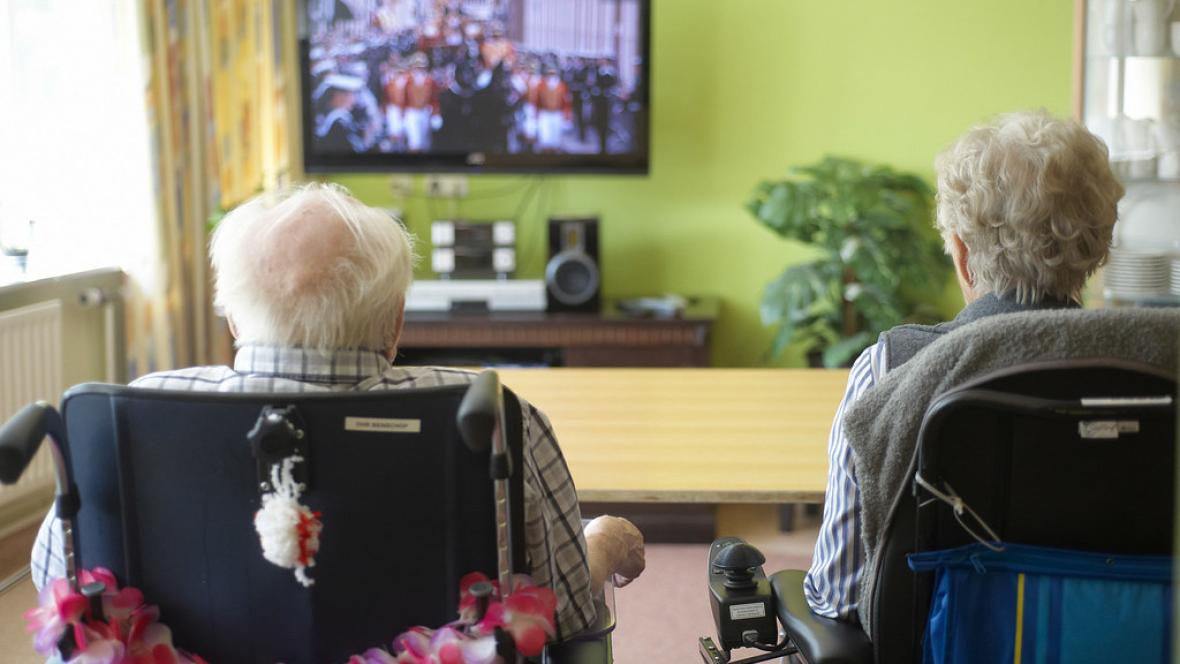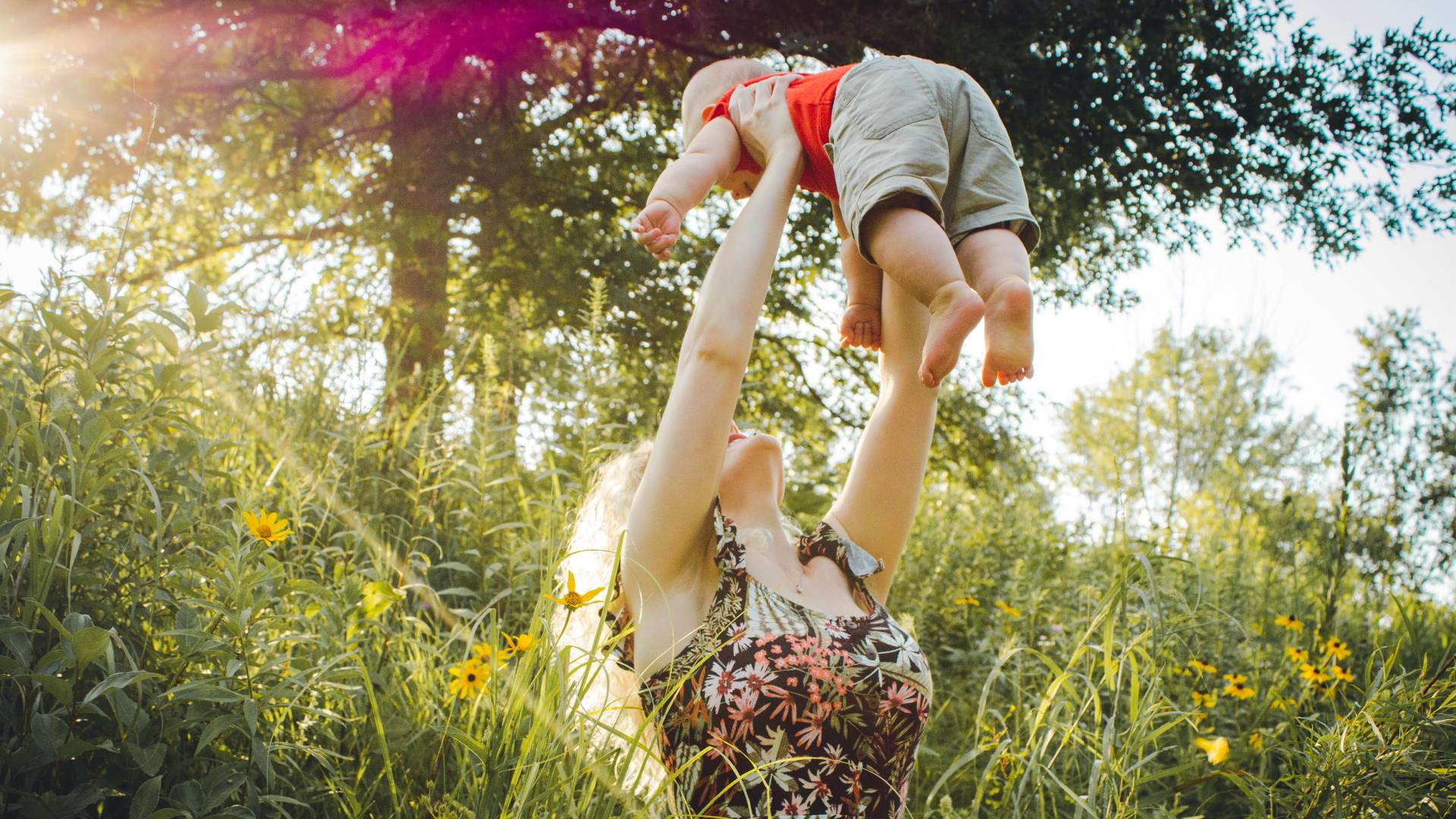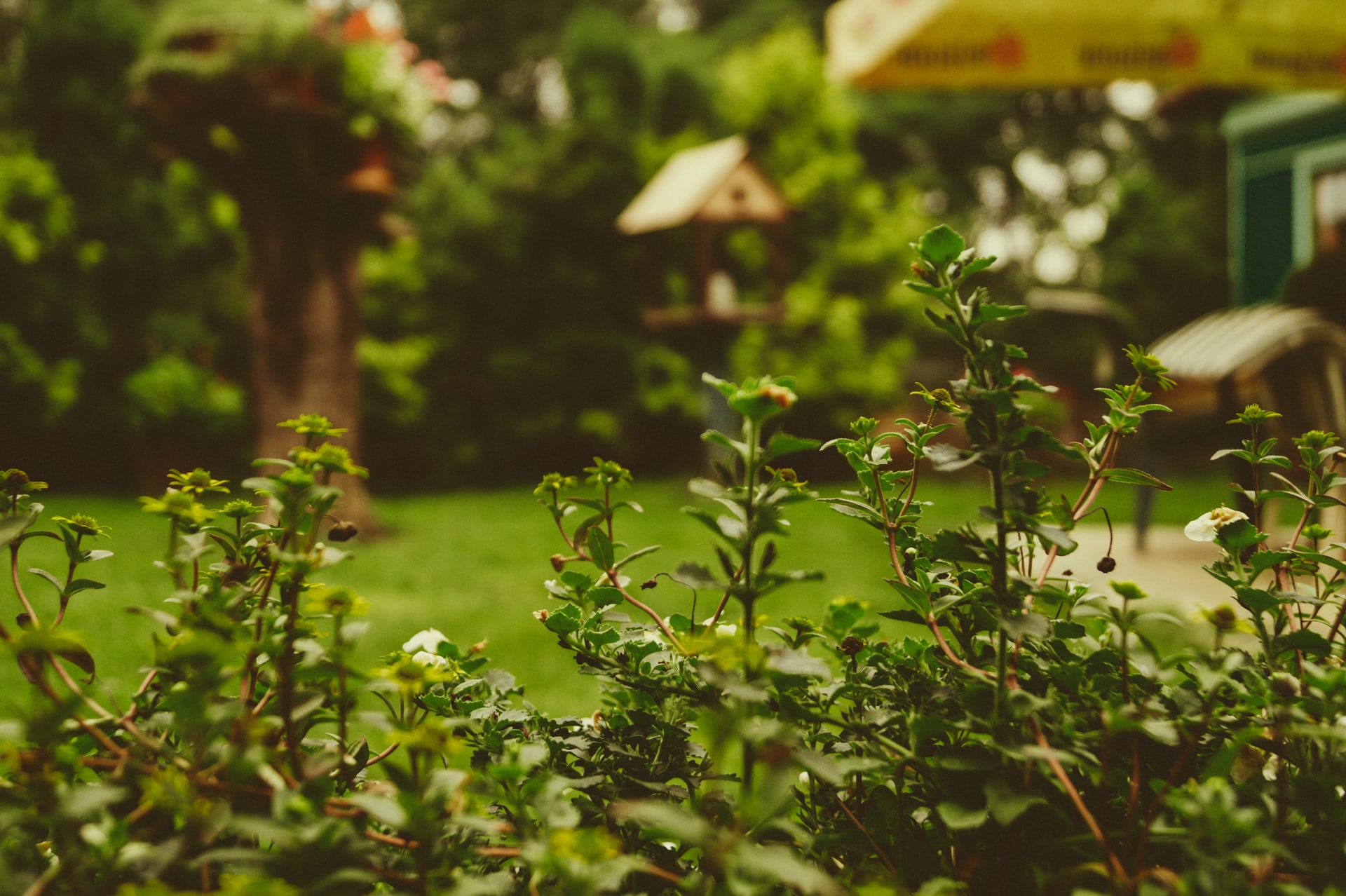Mobile application for monitoring the domestic activity of older people through television: an unchanged approach for the domestic ecosystem

The ageing of the population is a growing phenomenon in the vast majority of countries. Portugal and Spain are not an exception to this rule. In Portugal, according to the National Institute of Statistics, around 21% of the total population in 2015 was over 65 years old, and the forecast is that by the year 2050 this number will increase to around 30% of the population.
In addition to this general ageing of the population, it can also be observed that, in Portugal, the number of elderly people living alone doubled between 2012 and 2018. In this context, efficient monitoring of older people has the potential to automatically identify accidents (such as falls or sudden illnesses) or, not least, alerts for potentially dangerous situations, allowing caregivers to take timely measures to avoid serious consequences (such as lack of medication, physical disorientation, theft, etc.). In fact, being able to act on time is an enormous added value that, to the limit, will avoid dramatic cases like those in which only the effects of an accident / incident are known several days after its occurrence, when, unfortunately, there is nothing else what to do.
However, most of the current monitoring systems are somewhat intrusive, as they involve the use of bracelets or pendants (with fall detectors) or installation by older people in their home from, among other devices, surveillance cameras and presence sensors (for example, by pressure or by opening). This can affect the installation and availability and, on the other hand, the motivation and acceptance of the elderly, who are usually less available to integrate new technological devices into their daily routines. Therefore, it is ideal that the monitoring can be carried out in an agile and transparent way using the normal devices that are used daily, without the need to intervene in the domestic ecosystem. However, one of the devices most used by the elderly is, precisely, television and it is on the basis of this device that the Individual Project 2 (integrated in the Coordinated SecurHome Program) aims to develop a mobile application to monitor the activity domestic through television.
The technological approach of the project will allow two modes of action:
a) a proactive way in which, like other monitoring systems, the elderly can ask for help (from their caregivers) by sending an immediate SMS that is activated by simply pressing the button on the remote control (equivalent to a button of panic);
b) an automatic and transparent mode that, through the continuous crossing of information related to the TV (on or off); with deviations from typical TV consumption; absence of interaction with television; Taking medications, appointments or tests late will allow the caregiver to be aware of the existence of potential problems. To minimize false alerts, the caregiver will try to have the system use data from the senior's agenda to check if, at that time, he is likely to be at home or not. On the other hand, the caregiver, in addition to the most serious cases being automatically notified by SMS and email, can, at any time, obtain through his mobile application to monitor the domestic activity, the following information about the person at your expense:
- time of the last interaction with television;
- history of television consumption (programs and channels);
- list of medications (taken and to be taken);
- programming of exams and appointments of the dependent.
Through the mobile application, the caregiver can also send small text messages to television for the elderly (their dependent).
The social objective of this project, at the level of support for the elderly through a technological approach without changes in the domestic ecosystem, is undoubtedly a huge motivating factor for the research team that participates in this project. It includes the participation of several researchers from the iTV Social Research Group (part of the DigiMedia Research Unit of the University of Aveiro) and a researcher from the Carlos III University of Madrid.


